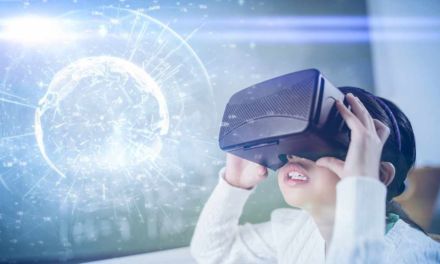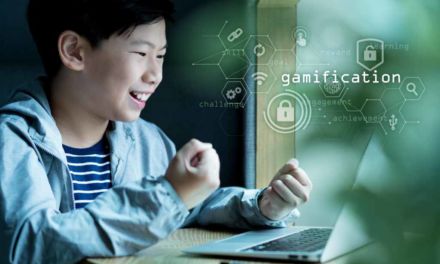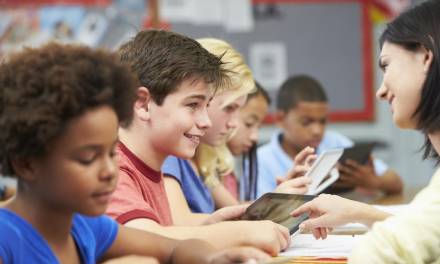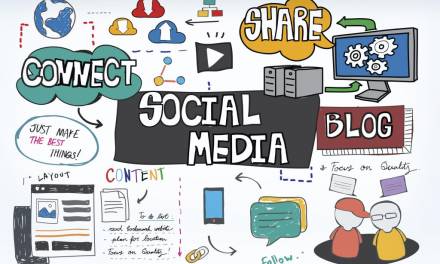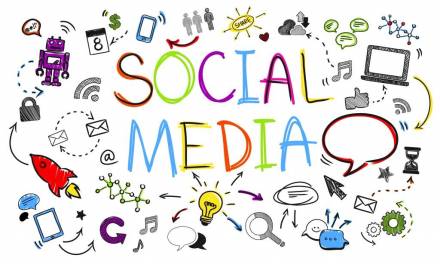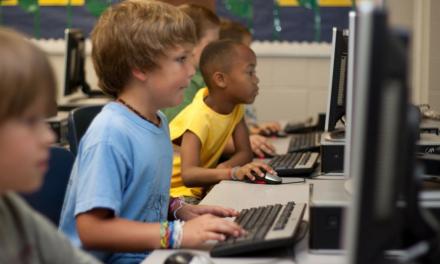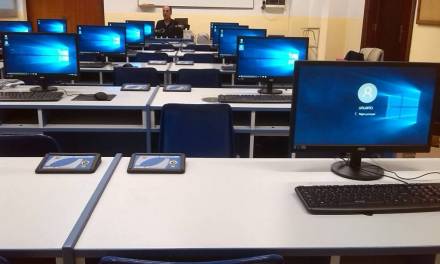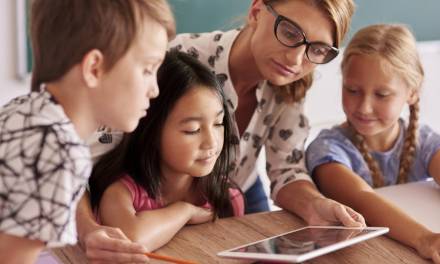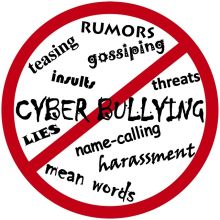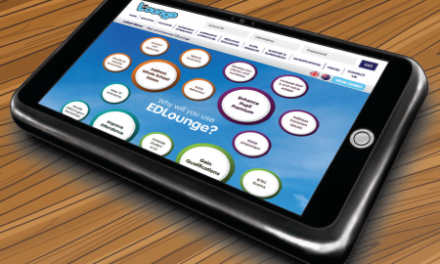Virtual Reality in Schools
Reading time: 3 minutes
With the advancement in digitalisation, educational institutions have started using newer technology, such as virtual reality, in their learning modes. Modern learning environments utilise virtual reality in open learning methods to make education more accessible to learners.
There are several ways of integrating virtual reality into learning modes. One example is incorporating the technology of VR into the medical demonstrations, where the learners learn the medicinal terms without coming in contact with any bacteria or harmful substances.
Read More
